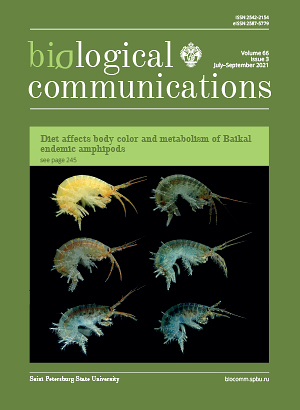A biomechanical model to assess the injury risk of leopards (Panthera pardus) hunting by free falling from trees
DOI:
https://doi.org/10.21638/spbu03.2021.305Abstract
Leopards have been observed to ambush prey by jumping down on it from trees. There are both anecdotal reports and video recordings of this hunting behavior. Here we conducted a biomechanical analysis of this technique to assess the degree of risk for the predator in such cases. We concluded that the risk of suffering severe injuries seems to be too high for this technique to be a usual way of predation on horned mammals such as male impalas. Our results can be useful in discussing proposed paleobiological hunting scenarios and living predators’ strategies of managing risks.
Keywords:
Panthera pardus, hunting risk, free-falling, hunting behavior, predator-prey interactions
Downloads
References
Downloads
Published
How to Cite
License
Articles of Biological Communications are open access distributed under the terms of the License Agreement with Saint Petersburg State University, which permits to the authors unrestricted distribution and self-archiving free of charge.





